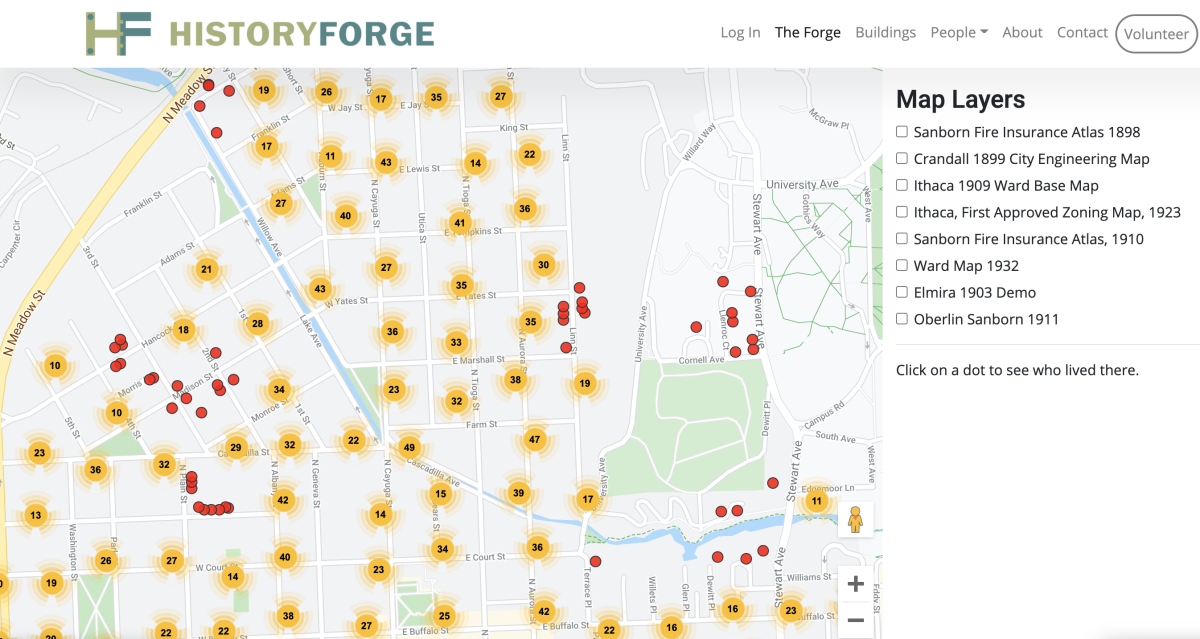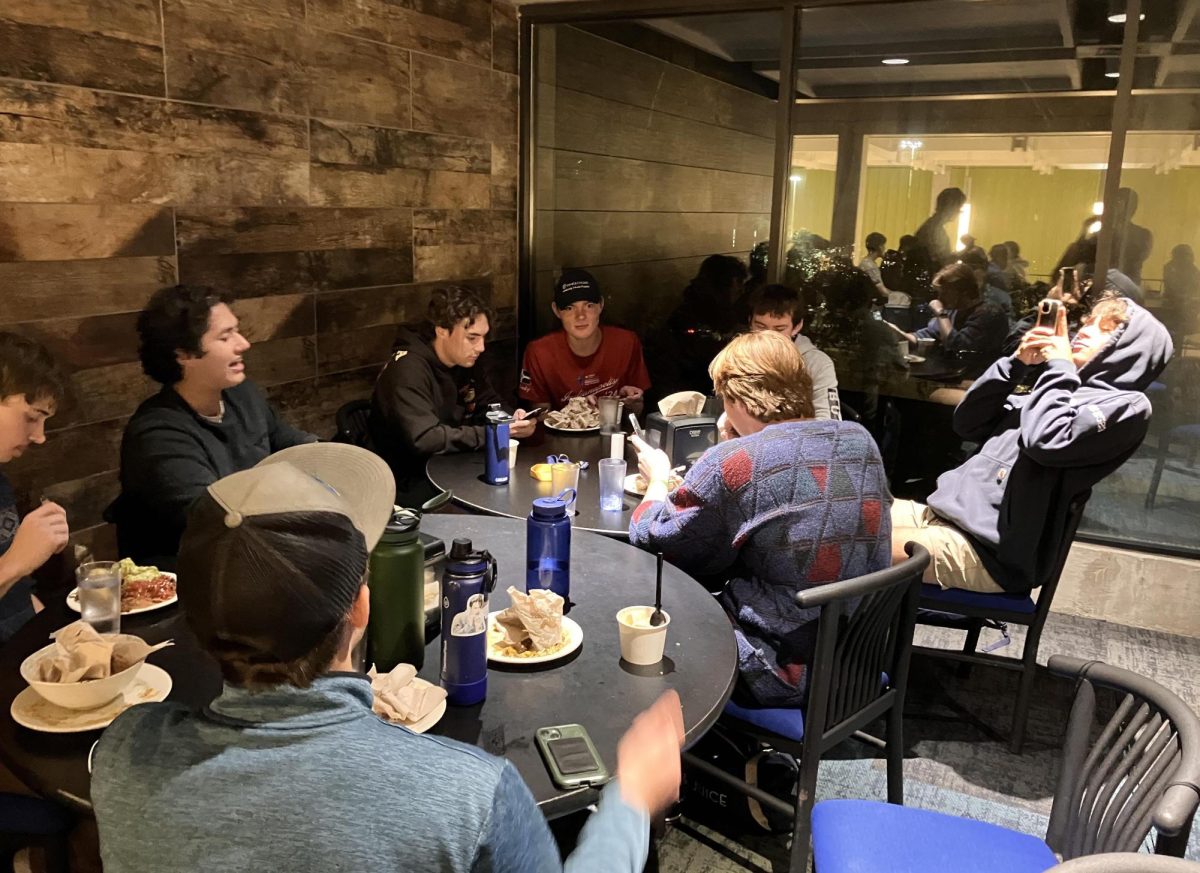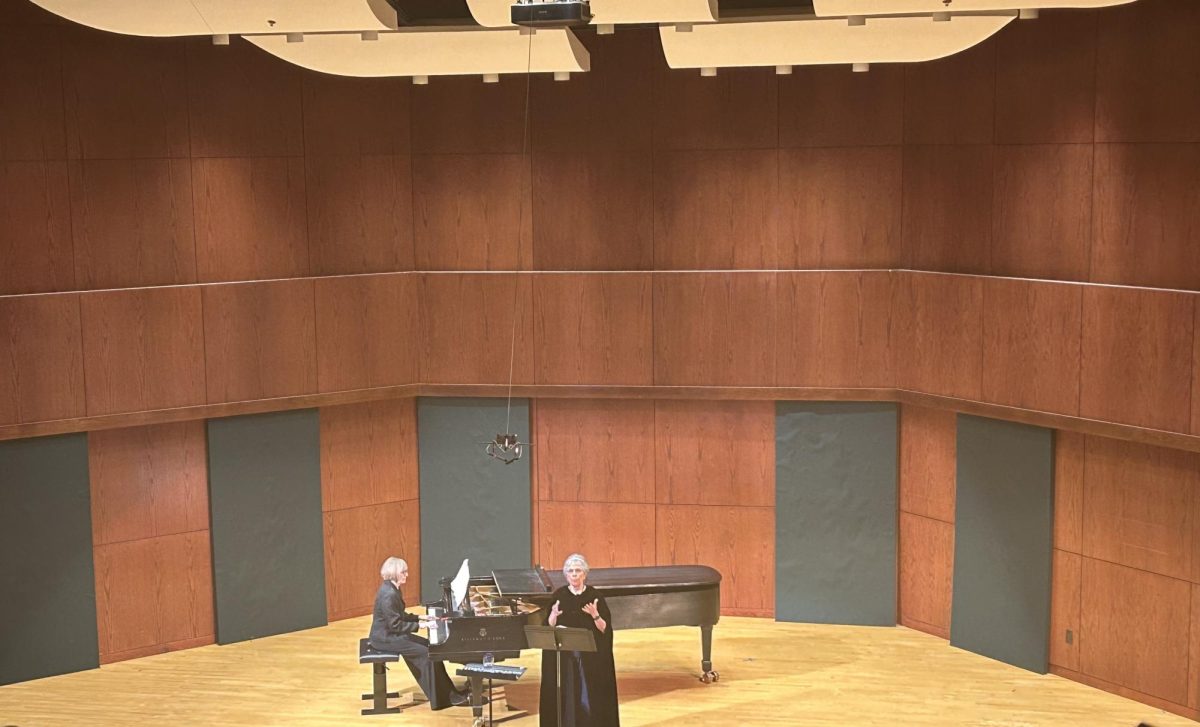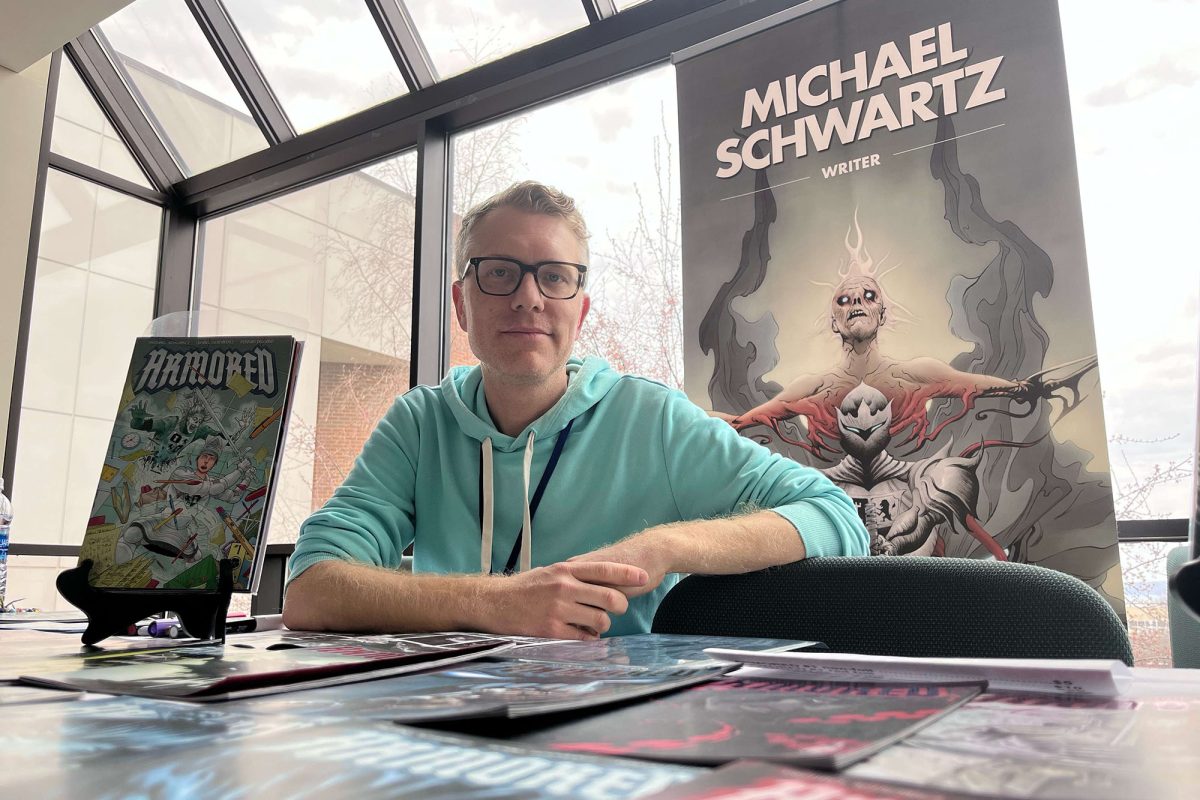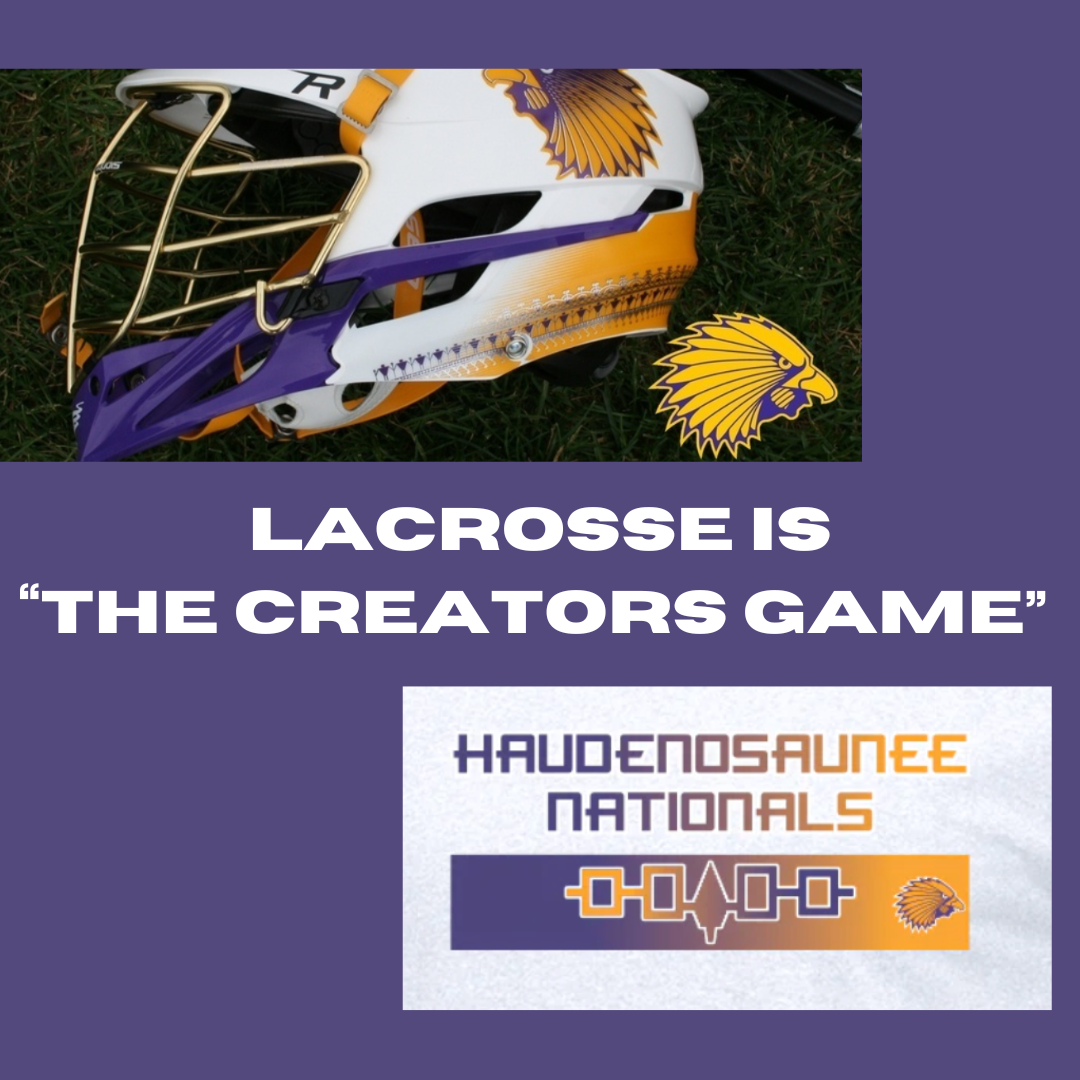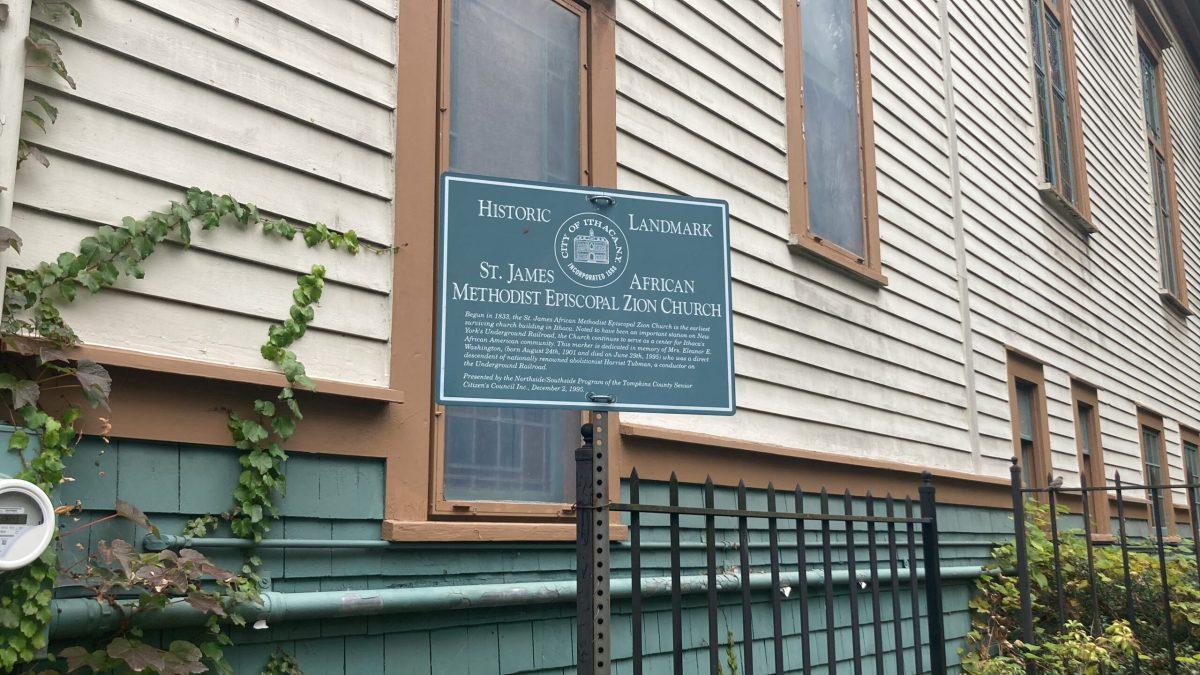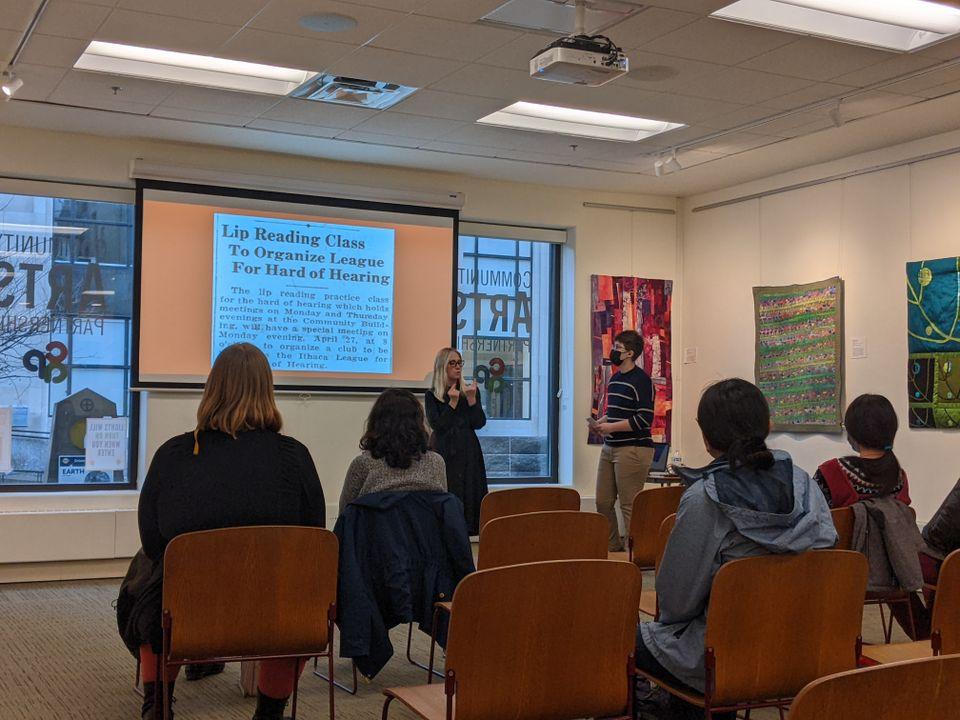KEY POINTS:
- HistoryForge is a web program that allows the Ithaca community to discover its local community.
- Eve Snyder, the Project Coordinator, said that HistoryForge runs on the power of volunteers that help transcribe census data.
- Snyder and her team have transcribed all of the Ithaca census data from 1900 to 1930, and are currently working on the 1940 files. Their goal is to expand the reach of the project to other communities.
HistoryForge is a dynamic web environment that allows online users to access their communities’ history by transcribing census data into a visually-appealing format.
The digital project was launched in 2016 by the History Center in Tompkins County, located in Ithaca, NY. Bob Kibbee, former Map and Geospatial Librarian at Cornell University, created the project alongside software engineer David Furber.
When Eve Snyder started as a volunteer on the project in 2018, she was a grad student pursuing a Ph.D. in United States History from Binghamton University. Snyder said her interest in transcribing her own family’s history from Ancestry.com to find out more about her ancestors is what drew her to the project.
“HistoryForge brings history to life in a new way and it’s fantastic,” Snyder said.

Snyder was hired as Project Coordinator in October 2019 after the History Center received a two-year grant from the National Historical Publications and Records Commission (NHPRC) of the National Archives (NARA). She said part of that grant is being used to finish developing the HistoryForge platform, but also to partner with other communities and expand the project’s reach beyond the boundaries of Ithaca.
“Right now we have two testing partners lined up in Auburn and Elmira,” Snyder said. “We’re also hoping for at least one other outside of New York state.”
HistoryForge is also a community participatory project. Snyder said that her team consists of many volunteers that help transcribe census records from the 1900 through the 1940 census.
“Volunteers are the heart and soul [of this project] and they do amazing work,” Snyder said. “I’d like to thank them all individually if I could.”
As Project Coordinator, Snyder is in charge of keeping track of census transcriptions and does a lot of reviewing of census transcriptions with Kibbee.
“I’m currently working to digitize some house photos from our History Center’s collection in order to put those up on HistoryForge as part of the building records,” Snyder said.

Snyder has access to records from each of the buildings that show details such as who inhabited them during a certain period of time. Ithacans can also see the value of their home from a century ago and then compare it to today’s value. They can view the income of certain occupations in the city at a certain time as well.
Snyder and her team examine community trends such as immigration, race, gender and employment. At some point, they plan on integrating the business directory into the project.
“The cool thing about HistoryForge is that we’re looking to expand our information on all these individuals,” Snyder said. “It’s not just, you know, this many people came from Ireland and worked here. It’s about — who were they? Who were their families? Where do they live? And those sorts of things.”
All the census information then gets mapped to the building record on the map.
“You can look closer into the map and see, like, ‘okay, there’s a grocery store. There’s a butcher — what were their resources?’” Snyder said.
The HistoryForge team has just finished the 1940 census, which is the last census available for public view. The government does not release a year’s census until 72 have passed because of privacy issues.
Snyder said that the current census does not ask more specific questions as they did in the early 20th century, which may confuse future historians. Fortunately, Snyder said the History Center has archived a ton of historic records that will fill in the blanks.
She said that she hopes to renew in-person sessions as soon as it’s safe for community members. Her main goal is to get more volunteers involved as they begin to expand the project.
“It’s a cool project that allows you to visualize history in a new way and ask different questions that you wouldn’t see if you were just looking at these files without all these different dimensions,” Snyder said.


